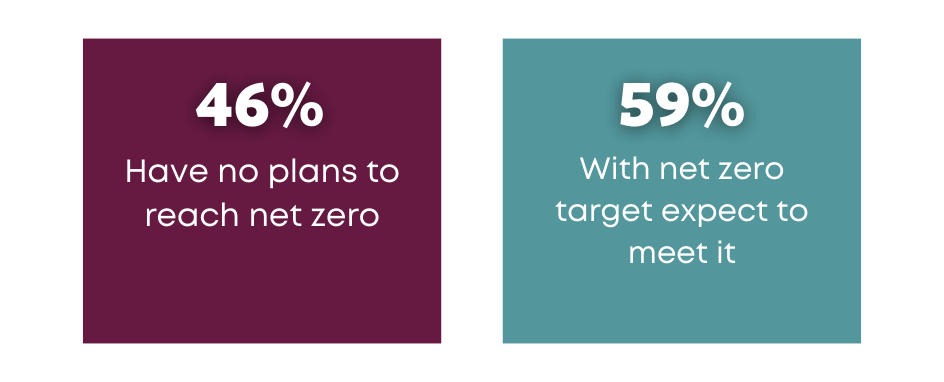Digital Leadership Report
One of the most influential global studies on technology strategy

About the report

2104
respondents

160,000
data points

86
countries

25
years of data

1
global report
Make the most of the report

Global Infographic
Download the infographic with a view of the Global findings of the Digital Leadership Report.

US Infographic
Download an infographic with a view of U.S. specific findings within the Digital Leadership Report.

US Press Release
Forty-five percent (45%) of U.S. tech leaders shared the skills shortage is preventing them from keeping pace with change.
Global Digital Leadership Findings

Budget caution, but investment remains
Budget expectations have dropped significantly from last year.
But after the hyper growth that we saw both during and coming out of the pandemic, technology spend and investment in people could be seen as returning to more ‘normal’ levels.
Almost half of digital leaders expect their overall technology budget to increase during the next 12 months – a figure that’s broadly in line with pre-pandemic years.
AI – a new Wild West?
AI – a new Wild West?
The arrival of large-scale generative AI has led many to believe we are at a tipping point.
But four in ten are unprepared for the implications of generative AI, and there are clear concerns on regulating it, as well as issues with data privacy and data accuracy.
Our respondents wholly acknowledge that AI requires heavier regulation. Nine in ten assert this, but most believe that regulation will not solve the issue.


Cyber issues down, but for how long?
Cyber issues down, but for how long?
Major cyberattacks appear to be declining. This may be surprising news for some; however many digital leaders are beginning to view cybercrime as a ‘cost of doing business’.
Also, the nature of attacks is changing, with the biggest jumps in threats coming from well-resourced foreign powers and competitors.
Many digital leaders are concerned that generative AI, with its ability to mimic humans at scale, will open up a whole new line of attack in the future.
Skills shortage less intense
Skills shortage less intense
This year sees headcount growth expectations decline, jumping from an all-time peak during the pandemic to something more in line with the decade prior to the pandemic.
The focus for organizations has moved from growing headcount, to retaining, engaging and building the effectiveness of their existing teams.
The scarcest skills are data engineers, enterprise architects, software engineers and technical architects.


Hybrid working improves diversity
Six in ten organizations now have a policy for employees to be in the office at least one day per week with larger organizations more likely to have such policies.
Hybrid working continues to improves diversity with digital leaders who limiting office time to one or two hiring 27% more women than their peers with five-day mandates.
Great news for those with caring responsibilities, and one day this might benefit as many men as women.
Net zero – almost half have no plans
If you are looking for good news on sustainability, look away.
Just under half of digital leaders said that their organization had no plan to reach net zero.
Where plans are in place, almost half set their sights on 2030 and beyond, and here’s some good news: six in ten expect to deliver on their plan, with almost everyone else expecting to get close.


Digital leaders (re)gaining influence
In 2017 we began to see a decline in executive committee membership, as technology became increasingly owned and operated from outside the traditional technology team.
More recently, membership has climbed up again – to seven in ten, and close to its highest recorded level.
The influence of the digital leader tends to grow when there are new technology challenges and right now, with the proliferation of new technologies, digital leaders can offer an invaluable perspective.

